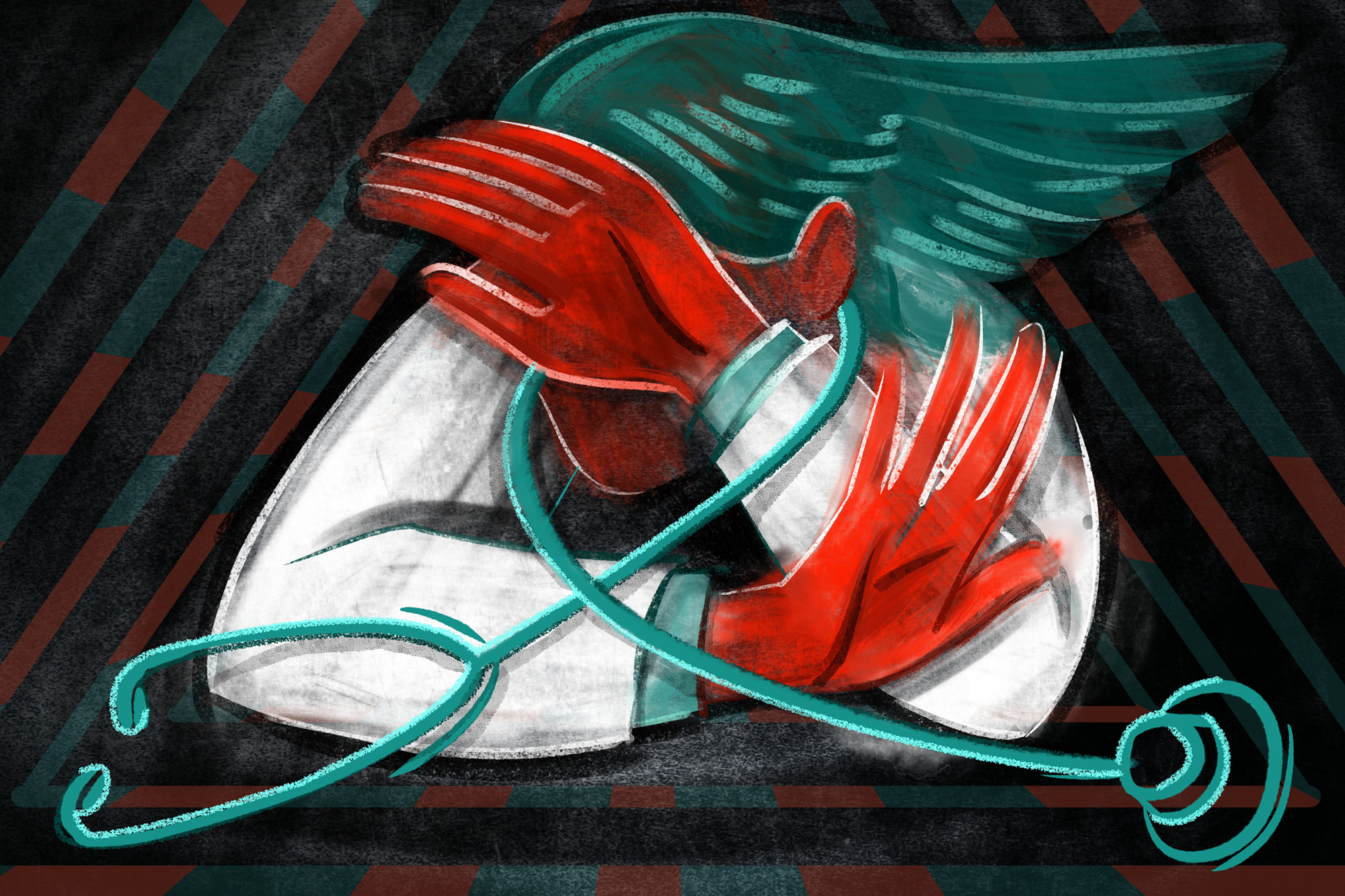
When Time’s Up Health Care was released earlier this year, I felt relieved. Finally, I thought, an organization dedicating their efforts solely to holding our health care institution providers to a higher standard, asking them to be publicly accountable, and looking into their darkest corners.
However, in the farthest of corners lingers the darkest of questions: What will members of the health care workforce do when sexual harassment and patient satisfaction intersect?
As the #MeToo movement has illustrated, many women have stories of harassment to tell, and female physicians are no different. A simple group text to a handful of my medical school colleagues resulted in a relay of horrifying tales, some involving unwanted physical advances or unwarranted genital exposure in an examination room. As an emergency medicine physician, I have also endured inappropriate encounters with patients but have become largely immune to them – or, at least, I do not feel empowered to voice my discomfort. I just laugh uncomfortably and redirect the conversation.
However, I have recently wondered what would happen if a patient became displeased with my reaction, scored me poorly on a patient satisfaction survey, or called leadership to complain about my bedside manner? What would be my recourse?
The American health care industry has been progressively expanding focus on patient satisfaction over the past 30 years. I’d like to believe the initial intentions were pure – to ensure that patients receive professional and quality medical care. After all, since our patients theoretically come to us in a vulnerable state, we should be empathetic and compassionate during their medical treatment and put them at ease. However, what began as a program to identify gaps and reward respectful patient care has morphed into a complicated concept that has seeped into every aspect of medicine.
In our current reality, patient satisfaction scores, Press Ganey or otherwise, are now tied to reimbursement, salaries, departmental funding, and job security. There is a palpable fear of receiving poor patient satisfaction scores, knowing the health care industry has had an excessive, and at times almost dysfunctional, emphasis on this metric. In addition, clinicians may also fear public retaliation on social media and worry about how a disgruntled patient review could impact their employment. As a result, conversations about gender inequality and sexual harassment in health care must also include safeguards from retribution should health care providers be subject to complaints after they defend themselves from unwanted advances.
Fortunately, there are already several recommendations for how providers who face patient harassment can handle the situation. One commonly taught is the E-R-A-S-E model: Expect, Recognize, Address, Support, and Establish/Encourage.
But clear best practices on institutional protocols are harder to find. At baseline, processes should allow health care providers to assess their sense of safety, feel empowered to stop their aggressors, and feel comfortable in approaching leadership about ALL encounters of harassment. Providers should also have an expeditious ability to transfer patient care to an alternate provider. And in the event of a disgruntled encounter that leads to retaliation, the health care provider should have some form of recourse. Finally, protocols should be transparent, readily available, and easy to navigate for all members of the health care team.
These and other processes could be put in place by workgroups dedicated to the surveillance of workplace safety, who are able to independently assess gaps in the current processes. Once the processes are established, leadership training should address how leaders can assist in supporting and navigating their employees through the process.
These recommendations are in line with a 2018 article in Lancet that recommended clear algorithms be instituted at all health care institutions to guide physicians “in balancing their obligation to provide effective and appropriate care with their need to work in a safe and respectful environment.”
The public conversation around gender equality and fairness has helpfully exposed health care professionals who are struggling with these issues just like everyone else. At times, health care clinicians can also struggle with their own humanity and ability to care for each other in an often soul-stripping field of work. However, we can take steps in the right direction by ensuring that physicians, nurses, and others who care for patients do not have to tolerate harassment from patients or colleagues in the pursuit of adequate patient satisfaction scores. The first step must be to shift the culture within our institutions from ignorance to listening and believing.
Dr. Meeta Shah is an attending emergency physician in Chicago, faculty for Rush Medical College, and an ACMIO at her institution. She considers herself a physician advocate and wishes to improve work-life balance for physicians. She does not have any conflicts of interest to report.
Illustration by April Brust







